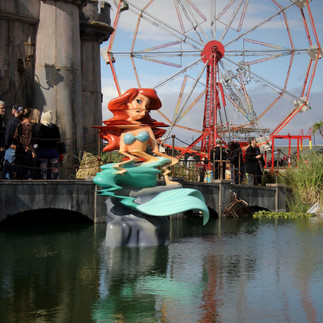Originally posted in the Telegraph Herald Jun 16, 2016.
By Tia Carol Jones TH Staff Writer
Cinderly A New Fashion App
A Dubuque native has created an app with the hope that it will inspire creativity when it comes to selecting outfits, as well as encourage community input.
“We all wake up every morning and have no idea what to wear,” said Luke Stoffel, who resides in New York, in a phone interview.

Called Cinderly, the app lets users upload photographs and allows other members using it to critique the outfit.
The 38-year-old Hempstead High School alum said his inspiration came from the fairytale “Cinderella,” as evidenced by the app’s abundant sparkles.

While it is free to download, in-app purchases will include a fee, Stoffel said.
Set for release on Wednesday, July 6, the creation already is turning heads. Cinderly recently was named one of the top five startups at Collision, a technology conference, in New Orleans.
As part of the app’s development, Stoffel and his partner, Laura von Holt, have cultivated relationships with those using Instagram, chosen because of their style.
Stoffel also used models from Dubuque Senior High School, where his niece, Maddie Stoffel, goes to school.
It was important to have real girls as models, Stoffel said, showing real girl style, looking fabulous and stylish.
Stoffel also envisions the app as a no-bullying zone, where users can receive positive affirmations on their outfits.
“I was tired of the internet being this craptastic place where people could be mean to each other,” he said.
Things like the “wand of awesomeness” and “super likes” are meant to instill confidence in the user.
“We try to reinforce positivity because it’s really about any girl wanting to feel beautiful and having a community that is really supportive,” Stoffel said.























